Manna momentGenesis 1:16- "Then God made two great lights: the greater light to rule the day..." Great is God's faithfulness! Since Creation, the Sun has never ceased to shine upon the Earth with the exception of a few supernatural events in scripture. Even in the darkest night, the Sun is shining on another part of the world. This reminds me of how our God never sleeps and is always taking care of us. Great is His Faithfulness! sun basics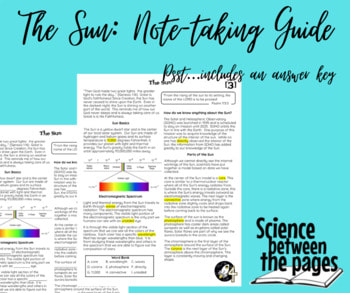
There are many kinds of waves that form the electromagnetic spectrum. The only part that we can see with our unaided eye is the visible light section of the spectrum. It is from studying these wavelengths that we are able to figure out the composition of stars, planets, comets, and galaxies. How do we know anything about the sun? Its so bright and Hot!!There is a Solar and Heliospheric Observatory (SOHO) that orbits the Sun in the same line as the Earth. It was first launched in 1995 but has been extended several times and will, at this time, remain until 2025. One of the purposes of this mission was to acquire knowledge of the structure of the interior of the sun. While no one can observe the interior, the information gathered from SOHO has been incredibly helpful. For more information about this mission visit here. Parts of the Sun ModelI gave this to the students to do on their own to review the parts of the sun. You can check it out here. 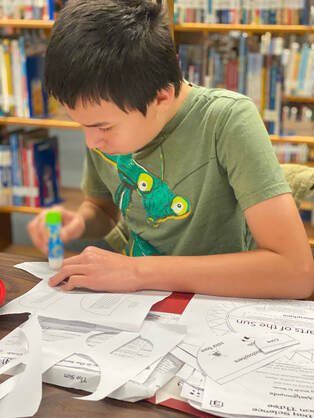 My students are awesome and their parents are amazing!!! Way to get after this homework on a day when the sun isn't out! How large is the Diameter of the sun?Our in class investigation today was to see if we could find the diameter of the sun. The only materials needed are:
Procedure: The students were to first draw a 2mm circle on one of their index cards. Then in the other index card, they were to poke a pin hole into it. We went outside on a bright, sunny day and used the pin hole to try and match the size of the 2mm circle. When that happened, a partner was to measure the distance between the two cards in millimeters. We then divided 186,000,000 by our number in millimeters to get the estimated diameter of the sun. To see how accurate your number was, you can then divide your number by 864,000 to get a percentage. The closest to 100% is how well you did your measuring and calculating. We made an investigation sheet based off the experiment in the 77 Fairly Safe Science Activities for Illustrating Bible Lessons by Donald B DeYoung. This is one of my favorite books for getting science activities from. There is a scripture, explanation of the activity, the science behind it and a biblical application. 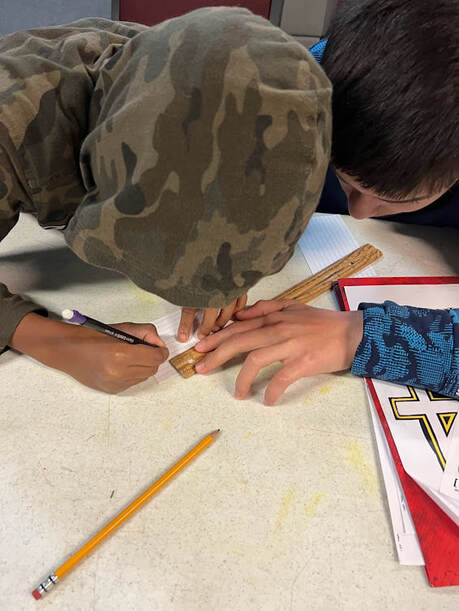 A 2mm circle is very hard to draw. It is soooo small. They did a great job though. 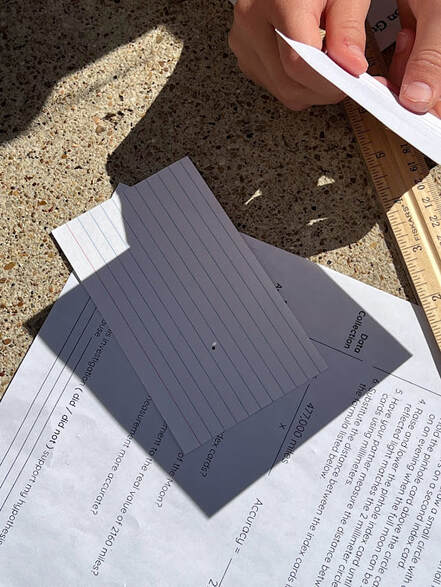 They are to match the size of the light going through the pin hole with the 2mm circle. 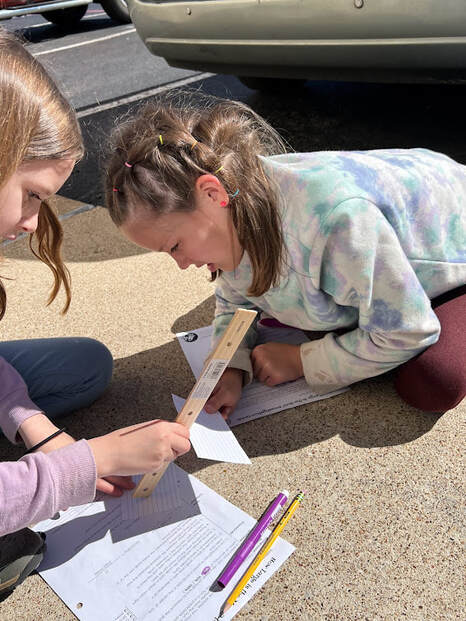 Once they matched the light from the pin hole with the 2mm circle, they are to measure the distance between the index cards. They will use this number in the division problem mentioned above.
0 Comments
Leave a Reply. |
Lead LearnerWelcome! My name is Nicole Fleming and I have been leading science learning in the Bryan/College Station homeschool community for over 10 years. Archives
April 2023
Categories |
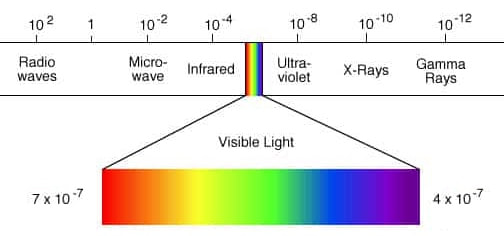
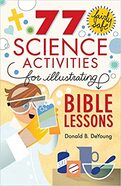
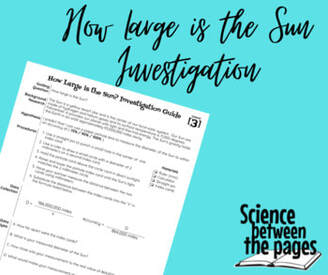
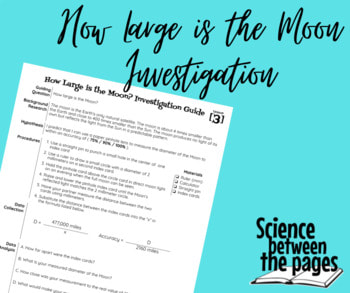
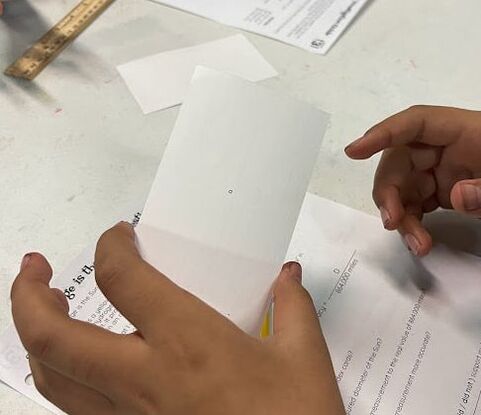
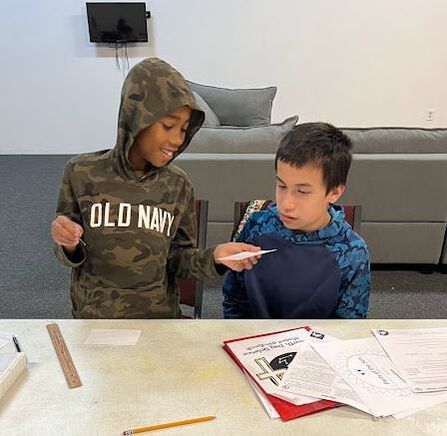
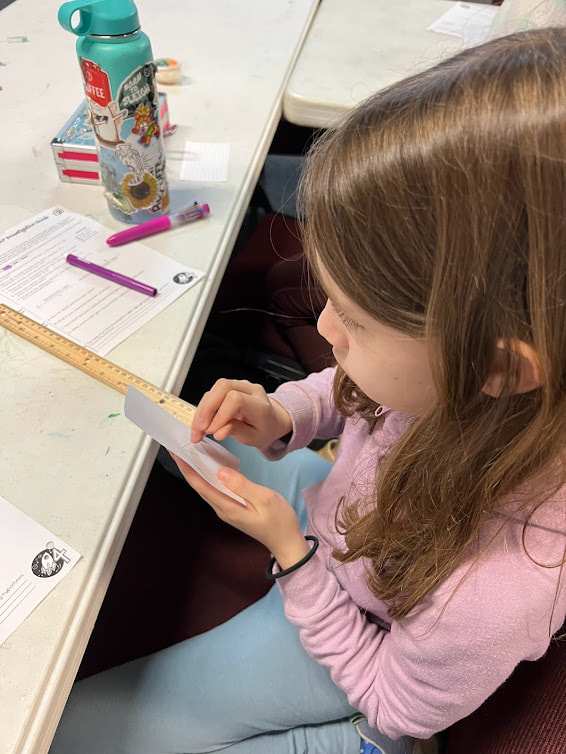
 RSS Feed
RSS Feed